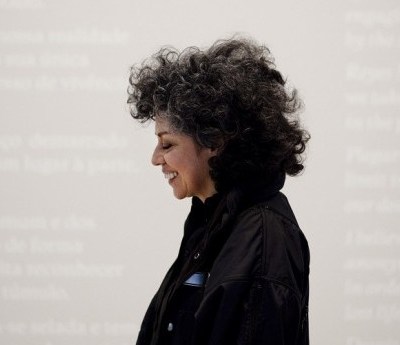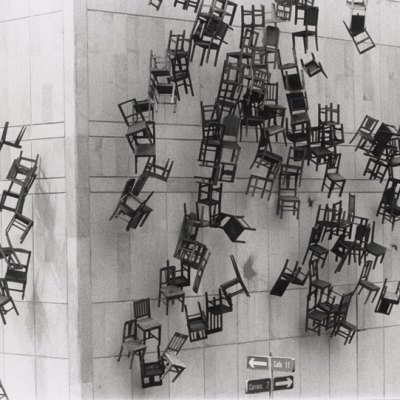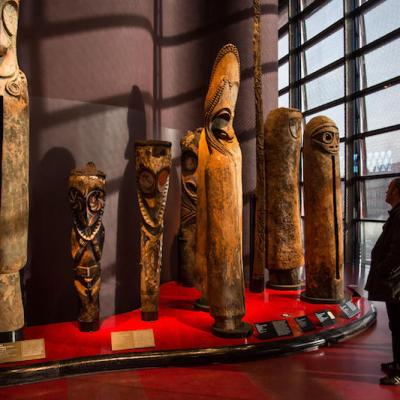When it comes to the Western news, the drug wars in Mexico tend take a back page. But between 2007 and 2014 there were reportedly more than 164,000 homicides in the country, many of them in notorious centres for drug violence like Ciudad Juárez. This US border city is the broad theme of a new show by Belgian artist Francis Alÿs.
© 2016 Scott Rudd; Courtesy David Zwirner, New York/London
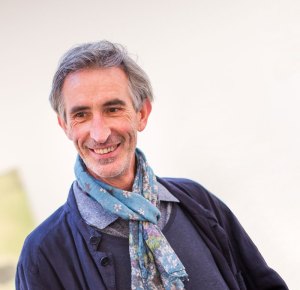
Ciudad Juárez is a long way from Mayfair, but when he arrives at David Zwirner gallery in a baggy shirt with three buttons undone, Alÿs looks as though he just wandered in from the Mexico heat. It’s strange to meet this tall, weathered figure face to face. I, for one, was expecting someone more openly outlandish.
After all, Alÿs is no stranger to risk. In addition to his work in Mexico’s one-time murder capital, the artist has taken guerrilla film crews to shoot in Afghanistan and the disputed border between Israel and Palestine. He once got himself arrested in Mexico City (where he has lived since 1986) for walking the streets with a gun in his hand. The highlight of the current show is an eight-minute film in which the artist kicks a flaming football around the streets of Ciudad Juárez, at night. The local colour of that infamous city – passing trains, wild dogs, the flickering blue lights of emergency vehicles – is merely glimpsed in the light thrown off by the ball.
Paradox of Praxis 5: Sometimes we dream as we live & sometimes we live as we dream; Ciudad Juárez, México (2013), Francis Alÿs in collaboration with Julien Devaux, Rafael Ortega, Alejandro Morales, and Félix Blume. Courtesy David Zwirner, New York/London
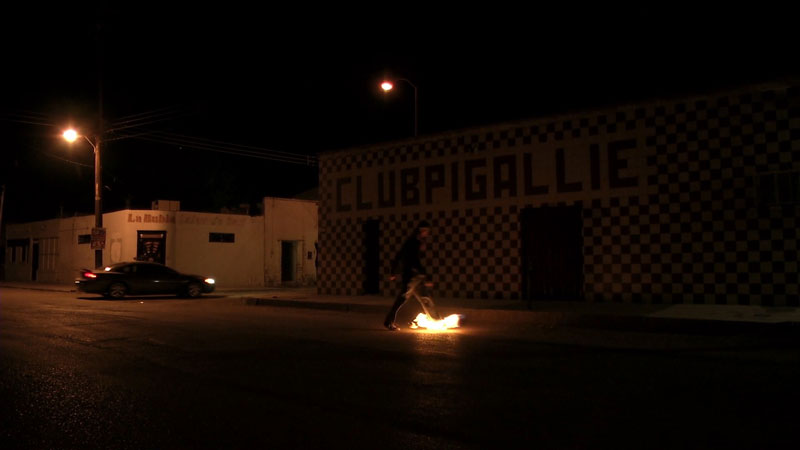
Clearly, this film is no documentary. ‘It’s meant to be a fantasy dream space,’ says Alÿs, ‘where I’m walking with these sights unseen in the background.’ And while it appears to those of us used to the safety of Mayfair that he is walking a very fine line, the artist describes his practice as ‘dancing between reality and a dream.’
I am reminded of the novel 2666 by Roberto Bolaño, which records the murders of 112 women in Santa Teresa, in the near vicinity of Juarez. Bolaño is as concrete and as graphic as Alÿs is mysterious and allusive. But for all their differences, both writer and artist are working with a theme that is missing from what we call the mainstream media. ‘Culture fills that gap’, says Alÿs.
Paradox of Praxis 5: Sometimes we dream as we live & sometimes we live as we dream; Ciudad Juárez, México (2013), Francis Alÿs in collaboration with Julien Devaux, Rafael Ortega, Alejandro Morales, and Félix Blume. Courtesy David Zwirner, New York/London
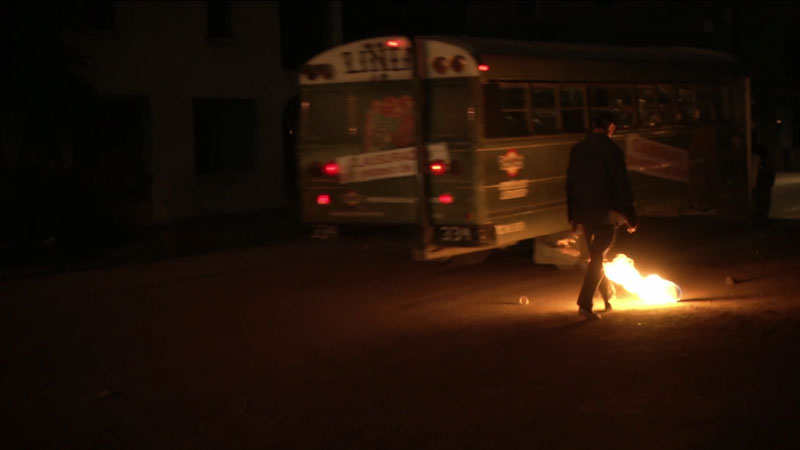
Alÿs has brought some focus to an overlooked conflict. Yet he denies that this is a motivating factor. ‘We are not journalists. We are not politicians. We are artists’, he insists. He explains that, where civilians have lost trust in the press, artists are often given social responsibility – but the filmmaker’s interest is in ‘the hidden side of reality’ rather than straight reportage.
Now Alÿs’s poetic news is available to anyone with a web connection. Most of the artist’s films can be viewed for free on his website, and the doctored postcards and miniature paintings also on show at the London gallery are for sale (the films are not). Whatever he sells goes towards funding his remarkable visual poems.
Linchados (2010), Francis Alÿs. Courtesy David Zwirner, New York/London
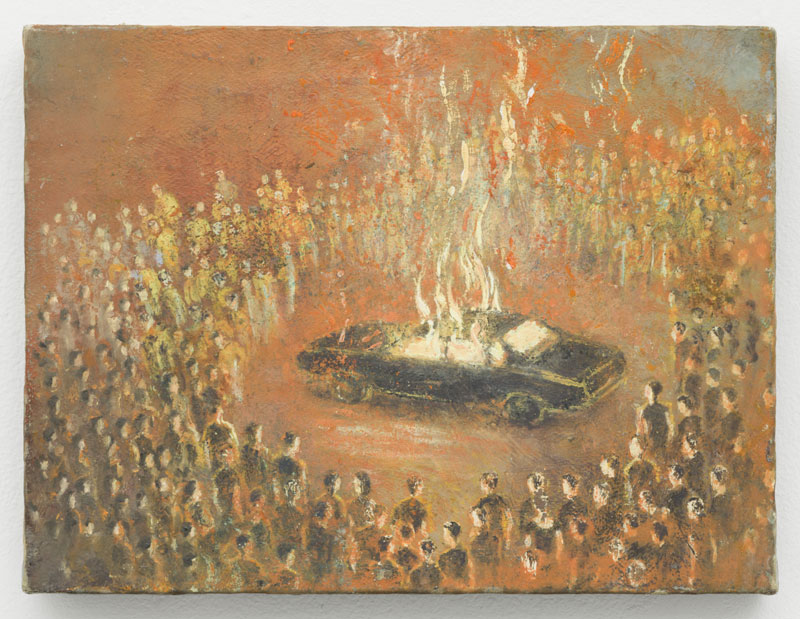
Alÿs will admit no further agenda other than to point his camera into the most interesting spaces and evocative situations. As the mainstream media in the West grows more parochial and biased by the day, these oblique reports from the world’s hidden corners should be cherished.
‘Francis Alÿs: Ciudad Juárez projects’ can be seen at David Zwirner, London until 5 August.

